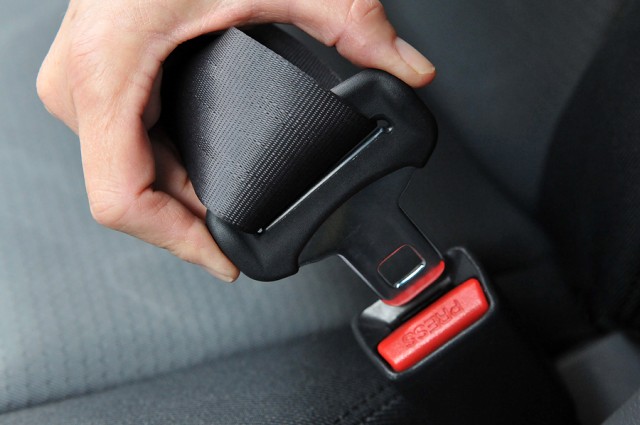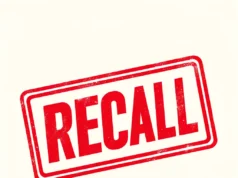
Recently a Houston law firm filed a lawsuit on behalf of a woman seriously injured after her seat belt failed during a collision. After the accident, according to the lawsuit, Sue Rodriguez sustained serious injuries.
“Sue Rodriguez was the right front passenger in a 2000 Toyota Celica when the collision occurred. The Celica’s front passenger seat was unsafe,” said her attorney. “The design of the Celica allows users to recline the seats which renders the restraint system useless. There are not adequate warnings or instructions to purchasers or users of the Celica about the occupant restraint system’s ineffectiveness when the seat is reclined.”
In cases of Toyota seatbelt failures, a lawsuit can be filed against the manufacturers and suppliers on the grounds of product liability. There are both Federal and state laws which make it illegal to sell a defective product to the public. This would include vehicles with defective seat belts which do not hold occupants in a crash. In cases of Toyota seat belt failures, lawsuits can be filed when the seat belts installed inside Toyota automobiles failed to carry out their purpose of saving and protecting the lives of the people who are using them in times of accidents.
In McCosh v. Toyota, Jacqueline McCosh got involved in a car collision accident while driving in Pennsylvania. She may have avoided the severe injuries she sustained if only the seat belt on her Toyota Prius had worked properly. Due to the failure of the seat belt to keep her in a safe position, she smashed into the dashboard of her car causing her to suffer from spinal injuries which disabled her. She is no longer able to walk or enjoy life as she was able to before the accident. Although a lawsuit was also filed against the defendant who collided with her, Toyota Motors as the manufacturer, distributor and retailer of the seat belt is liable for damages as well.
3 Aspects of Toyota Product Liability
The lawsuit which the Plaintiff filed is based on three arguments to strengthen the case – negligence, breach of warranty and strict liability. Negligence refers to the inability of the manufacturers to inspect the production procedures of the product and make sure that everything is working well before sending out their vehicles to the consuming market. The argument of strict liability is also a part of the case. In simple terms, it applies when the Plaintiff charges the defendant of failure to inform the consumer of the negative possibilities of using the product. On the other hand, breach of warranty applies when the Toyota seat belt failure is caused by the design of the product.
Breach of warranty also applies if the marketing of Toyota cars is misleading. Toyota Motors has made claims to the public regarding the safety of their vehicles despite numerous cases of Toyota seat belt failures. McCosh believed in the promises of Toyota Motors so she bought the Toyota Prius which in the end failed to restrain her. Another breach of warranty case involved the design of the Toyota seat belt. In McCosh v. Toyota, the plaintiff argued that the defendant failed to provide a complete restraining system which led her to smash into the dashboard of her Toyota Prius car.
Despite these cases, Toyota Motors claimed that they were not responsible for the seat belt failures. They defended themselves and said that the malfunctions were not due to the negligence of the company nor is it due to the design of the seat belt. However, if proven liable, the company will be ordered to pay damages to the plaintiff. Actions should also be undertaken to improve the production of the seat belts installed in different models of Toyota cars. Seat belts of Toyota Motors are supposed to be used to keep the driving public safe on the roads at all times, particularly during an accident. Toyota seat belt failures should be prevented, so if you have been in an accident in a Toyota and were injured, please feel free to contact us. Your seat belt may have failed, and you didn’t even know it.







